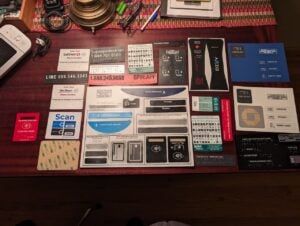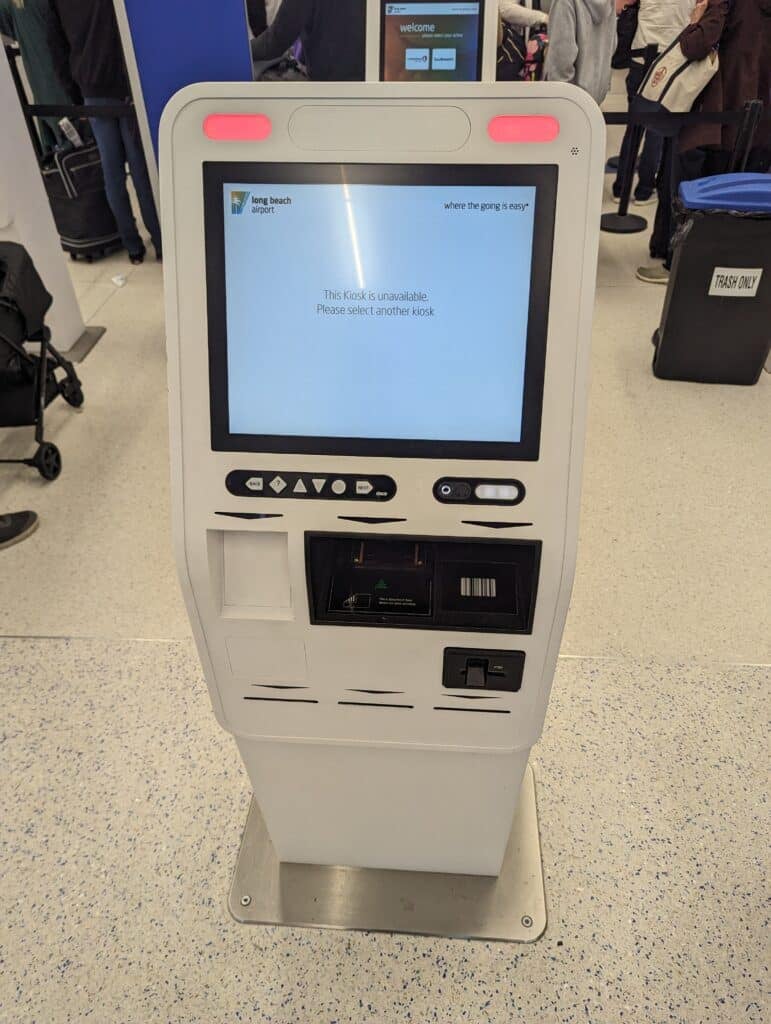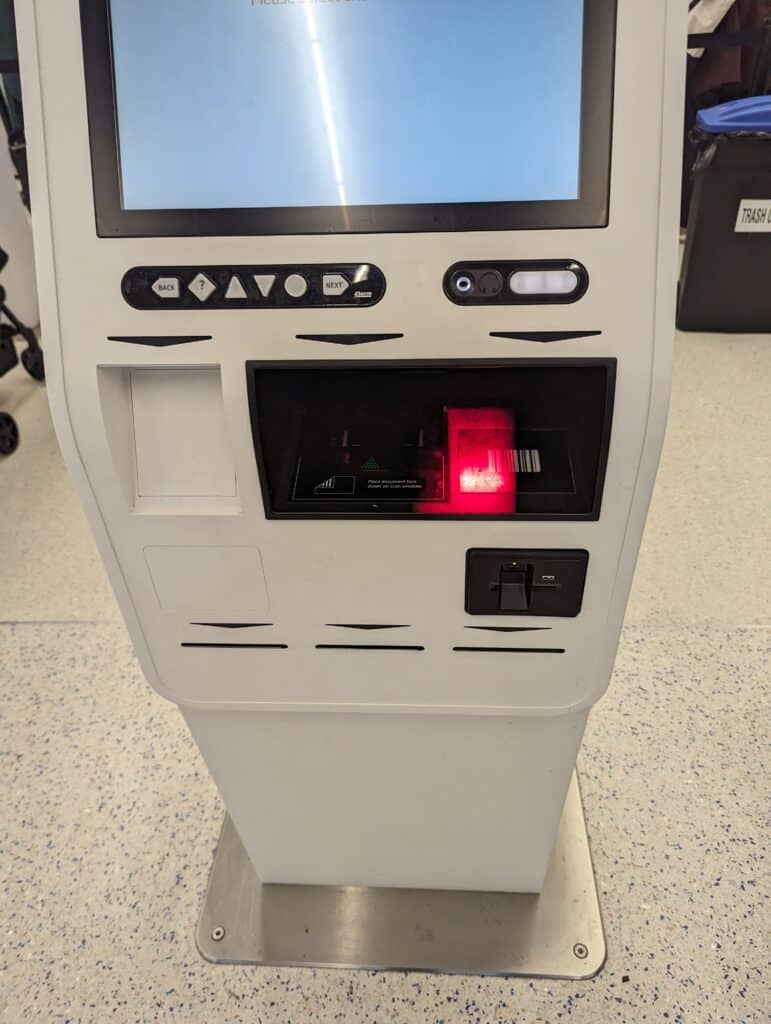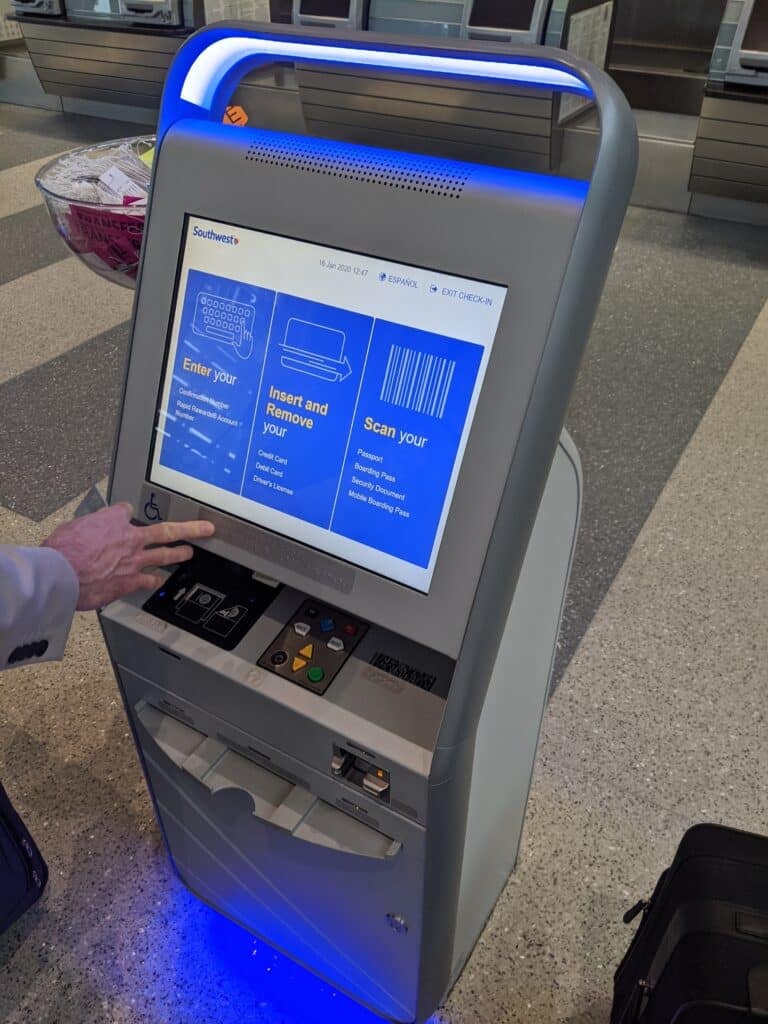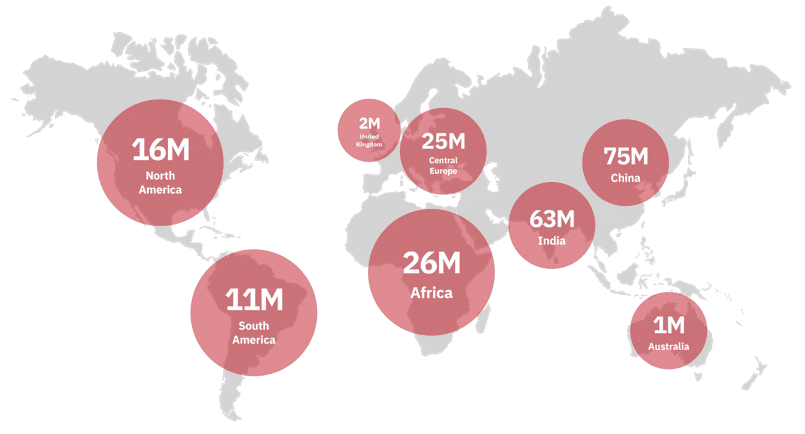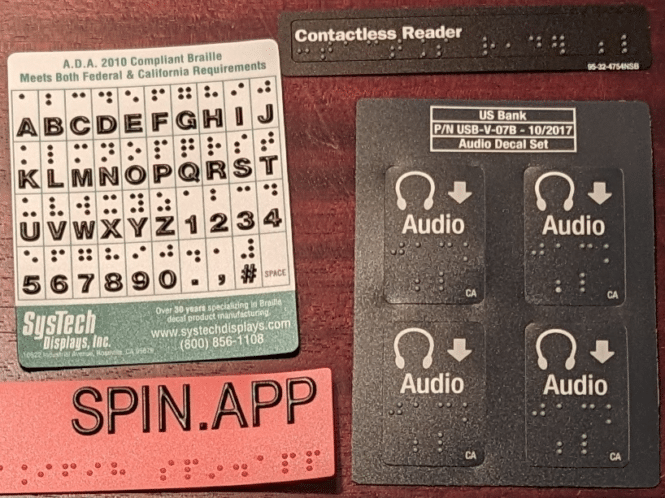
Braille Labels Decals
Along with audio, one of the mandated requirements for ADA Accessibility are braille labels, especially ones that last…
Quote — “As I had mentioned I am trying to figure out who handles the Airline Industry ticketing Kiosks, every time I travel, I see what is being installed on ticketing Kiosks or the lack of and I know that we can provide a much superior product that will last and hold up to the heavy public exposure keeping the Kiosk 100% ADA complaint and legible. I was stuck in Long Beach due to flight / weather cancellations for the last two days and had plenty of time to stare at their ticketing kiosks”, said Ken Parnell.
At SysTech Displays, we offer a wide range of standard Braille decal sets, voice guidance signage, audio signage, and network decals for most makes and models of ATMs. We also have an in-house design team that can help with custom ATM signage.
All our products are manufactured in the USA at our state-of-the-art facility in Northern California with our proprietary “Solid Dot” technology that stays 100% ADA compliant for the life of the decal.
We are a family-owned business that has been in business for over 50 years with a focus on the banking industry for the past 30 plus years.
We supply all of the ATM decals and have national contracts with the top 6 national banks, JP Morgan Chase, Bank of America, Citigroup, Wells Fargo, US Bancorp, PNC Financial, Capital One, and many others. We are also the OEM manufacturer for all NCR ATM models.
https://systechdisplays.com/atm-signage/
Over the past three years, we have become the main supplier / manufacture for Braille decals with raised characters for the Micro-Mobility (e-Scooters and e-Bikes) industry for companies like Lyft, Lime, Uber, Bird, Spin, Superpedestrian, Hellbiz, B-Cycle, Razor, CitiBike, DIVVY, ect.
https://photos.app.goo.gl/vfJVhcQWxDBtQ9fr9
Our “SOLID” dot Braille has proven to stay ADA compliant for the life of the decal, especially in the harsh and rough outdoor environments where the users are constantly tossing the vehicles on the ground or against curbs where an embossed Braille decal will not stay compliant. I have photos of vehicles that are in the recycling bins with our Braille and serialized decals looking as good as the day they were installed on new bikes two years prior, and the vehicles are destroyed.
https://photos.app.goo.gl/rah64wb9vVuDqLESA
I would be happy to send you a sample of our Braille decals, is 980 Home Farm Circle, Westminster, Colorado, 80234 the correct mailing address?
Sincerely,
Ken
Ken Parnell I SysTech Displays, Inc.
Director of Sales – North America
10622 Industrial Avenue
Roseville, CA 95678
O (916) 652-2900
F (916) 652-2901
C (916) 947-0027
TF (800) 856-1108
Feedback
I am glad to hear that you like our “Solid Dot” Braille decals. It is difficult to understand the difference unless you can touch and see our Braille. We worked closely with the ATM manufacturing companies as well as the banking industry when the ADA laws were passed and came into effect in 1989. We have been the main supplier for Bank Of America and several others since 1990… There are a few that originally went with a more cost-effective way of manufacturing the Braille decals by embossing, but eventually they had all found themselves in litigation when the embossing failed and eventually partnered with us. We can proudly say that for several years we have had national contracts with the top 6 banks in the US. Embossing print films causes micro cracking at the base of each Braille dot. Over time in an outdoor environment, or when sunlight directly contacts Braille, the dots do two things. They “relax” causing the dot height to decrease, and the base of the dots will crack so that the dots can be picked off. Using our “welded dot technology” eliminates both issues, therefore keeping the Braille compliant throughout the life of the decal. Our clients that have ATM’s in harsh outdoor environments like Phoenix or Chicago will change out decal sets on average once every 5 years, unless they go through a refresh or they rebrand. We are currently at the tail end of changing out all of Wells Fargo’s 12,000 ATM’s and are about to embark on a refresh for Bank Of America’s 15,000 ATM’s.
More Reports – Amazon Hub Lockers in California
Feb 2024 — On another note, I happened to walk past another Amazon HUB Kiosk, they had Braille, but it was not ADA compliant, It was DOJ and not the required California Braille and to top that off it was old and damaged missing several Braille dots, which made it not legible to the user. In the past, I have tried to contact Amazon with no luck. Any idea who manufactures them for Amazon?
1.) Photo of DOJ Braille on an Amazon HUB Locker in Grass Valley, CA. on February 27th 2024, The Braille is not CA Compliant Braille, It is DOJ Braille and It is also missing several Braille dots which make it completely unreadable to a user. You can compare the dots to top decal in photo #3 to see which dots are missing completely. 2.) This is a photo of the Amazon HUB Locker in Grass Valley, CA. 3.) This photo shows two Braille decals. The top decal is DOJ Braille and the bottom decal is California Braille. You can see the difference between DOJ and California Braille.
Like I have mentioned before, If we have a client that has a business presence in California, out of safety of having the wrong DOJ Braille installed on an ATM or Kiosk, we always manufacture California Braille on all of their decals. California Braille is accepted everywhere in the US, but not the other way around.
We have had more than one situation where maintenance/installation crews accidently installed DOJ Braille in California and they ended up in litigation, so we are very cautious and it is safer to always provide CA Braille, unless they do not or never plan to have a presence in California.
Whoever sold them the decals, they should have known to advise them about the difference.
https://photos.app.goo.gl/G4fY2WsfLGHiVTX99
Visually Impaired Population
ADA Regulations
- 703 Braille — [signage] – Also defined in 508 “402.2.5 Braille Instructions”
- Comparison of ADA by UAB — ATBCB-2022-0004-0002_attachment_1
- 402.2.5 Braille Instructions. Where speech output is required by 402.2, braille instructions for initiating the speech mode of operation shall be provided. Braille shall be contracted and shall conform to 36 CFR part 1191, Appendix D, Section 703.3.1.Exception from E402.2.5 Braille Instructions: Devices for personal use shall not be required to conform to 402.2.5.
- https://www.ecfr.gov/current/title-36/chapter-XI/part-1191
- From ADA 2010
- 703.3.1 Dimensions and Capitalization. Braille dots shall have a domed or rounded shape and shall comply with Table 703.3.1. The indication of an uppercase letter or letters shall only be used before the first word of sentences, proper nouns and names, individual letters of the alphabet, initials, and acronyms.
Table 703.3.1: Braille Dimensions Measurement Range Minimum in Inches to Maximum in Inches Dot base diameter 0.059 (1.5 mm) to 0.063 (1.6 mm) Distance between two dots in the same cell (measured center to center) 0.090 (2.3 mm) to 0.100 (2.5 mm) Distance between corresponding dots in the adjacent cell (measured center to center) 0.241 (6.1 mm) to 0.300 (7.6 mm) Dot height 0.025 (0.6 mm) to 0.037 (0.9 mm) Distance between corresponding dots from one cell directly below (measured center to center) 0.395 (10 mm) to 0.400 (10.2 mm) - CALIFORNIA — Title 24
- The earliest state to establish its own braille standards was California. Recognizing that existing standards were based on the optimal character size and spacing for braille material embossed on paper, California, when including braille specifications in its state building code for signage, created what is known today as “California Braille”. In 1980, the California legislature passed a resolution requiring “that all designers and manufacturers of Braille tactile signage that contract with the State of California shall comply with the California Building Code when designing, developing, manufacturing, or implementing Braille tactile signage”.Section 1117b.5.6 of the California Code of Regulations, Title 24, the California Building Standards Code is as follows:
1117B.5.6 Braille. Contracted Grade 2 Braille shall be used wherever Braille is required in other portions of these standards. Dots shall be 1/10 inch (2.54 mm) on centers in each cell with 2/10-inch (5.08 mm) space between cells, measured from the second column of dots in the first cell to the first column of dots in the second cell. Dots shall be raised a minimum of 1/40 inch (0.635 mm) above the background. Braille dots shall be domed or rounded.
In the California standard, the parameters of the dot size and spacing are much greater than that of dots on paper. A requirement for rounded dots was included in these requirements in an effort to reduce vandalism and improve readability.
In 1998 and updated in 2003, the American National Standards Institute put forth similar standards in “American National Standard: Accessible and Usable Buildings and Facilities: 2003: Standard and Commentary”. Again, the dimensions for braille characters intended for braille on signs are much larger than typically used for braille on paper but in these standards, a range of measurements is specified rather than a specific value.
Chapter 7: Communication Elements and Features includes items for communicating information to persons with hearing and visual impairments. Section 703 details standards for signage and 703.4 discusses braille in general and 703.4-3 details specifications for braille.
703.4-3 Dimensions
Measurement Range Minimum in Inches
Maximum in InchesDot Base Diameter 0.059 (1.5mm) to
0.063 (1.6mm)Distance between two dots in the same cell 0.090 (2.3mm) to
0.100 (2.5mm)Distance between corresponding dots in adjacent cells 0.241 (6.1mm) to
0.300 (7.6mm)Dot height 0.025 (0.6mm) to
0.037 (0.9mm)Distance between corresponding dots from one cell directly below 0.395 (10.0mm) to
0.400 (10.2mm)Resources
American National Standard: Accessible and Usable Buildings and Facilities: 2003: Standard and Commentary. ICC/ANSI A117.1-2003. P151-163.
National Library Service for the Blind and Physically Handicapped, Library of Congress. Specification 800: Braille Books and Pamphlets. (www.loc.gov/nls/specs/800_march5_2008.pdf)
State of California, Department of General Services, Division of the State Architect. (www.dsa.dgs.ca.gov/Access/braille.htm)
U.S. Access Board. ABA and ADA Accessibility Guidelines, 2004. (http://www.access-board.gov/ada-aba/guide.htm)

